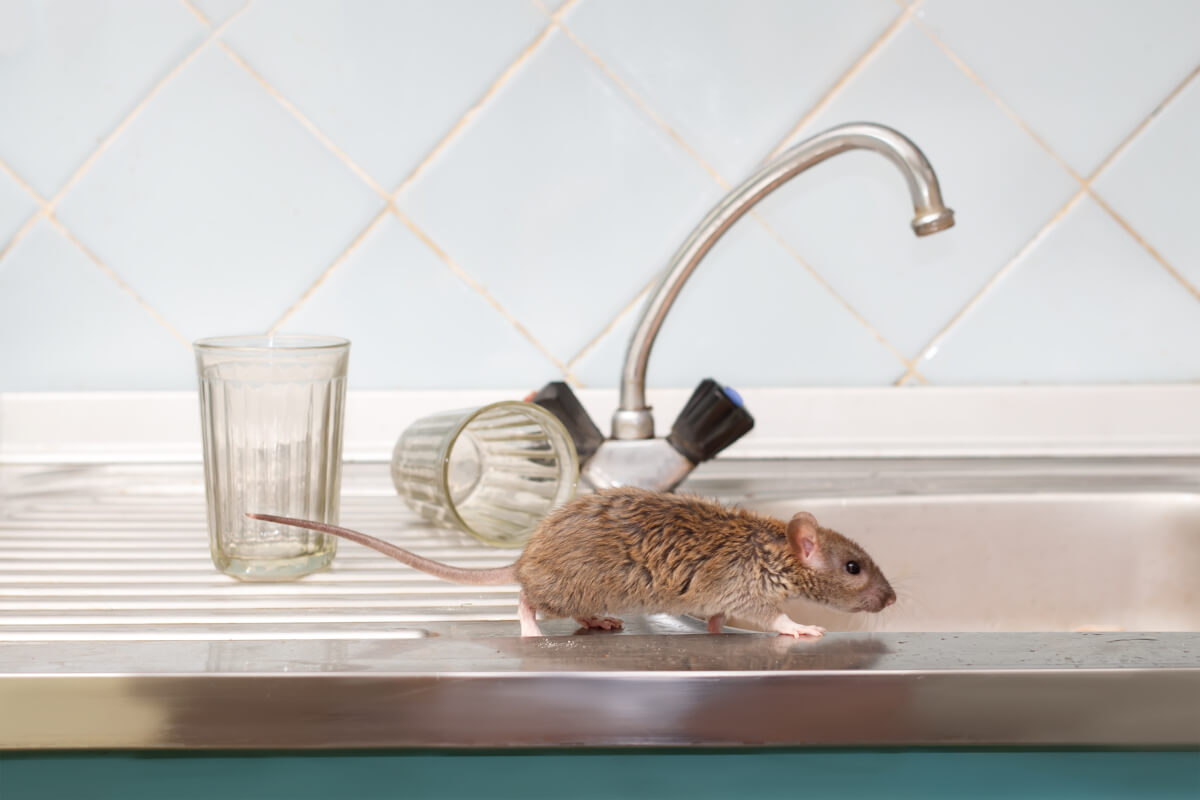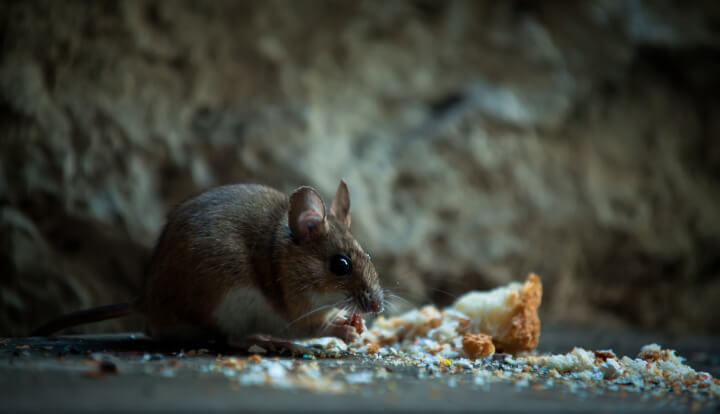
Mouse infestations are a headache, and they should be dealt with immediately to avoid further damage to the property or risk the health of your family. Mouse bait traps are one of the best ways to reduce the mouse population in a property but many homeowners refrain from using a bait trap because they think it attracts more mice instead of killing them.
So do mouse baits really lure more mice into the house? Mouse traps don’t attract more mice because these rodents are afraid of anything unfamiliar to them, including traps. If they start infesting a property, it’s because other things draw them in – such as warmth, food supply, water source, and clutter. They’re also more likely to infiltrate homes that had infestations before.
Learn More: How Do Rats and Mice Detect Spring Traps?
According to the National Pest Management Association, about 21 million American households report rodent infestations in their home every year. These rodents infest different properties all year round, but they’re more active during the colder months because they seek warmth and shelter to survive.
Mouse traps and bait stations are two of the most effective ways to kill mice infesting a property. They’re so effective that some people think mouse traps are attracting more mice because they caught more than they expected – but they couldn’t be more wrong.
Most of the time, there are already dozens of mice in a property because of how quickly an adult female mouse reproduces. If anything, mouse traps and bait stations only expose the real extent of the infestation by drawing more mice out of hiding. An increase in the number of mice caught doesn’t mean that mouse traps are drawing more mice into the property.
Here are some reasons why mouse traps don’t attract more mice than there already is:
Homeowners who experienced mice infestations before know how frustrating it is to completely get rid of mice. Although mouse traps are effective for the most part, homeowners must know how to use them correctly to maximize their effectiveness.
Mice are cautious creatures so their first instinct is to avoid anything unfamiliar to them – like mouse traps and bait stations. These rodents manage to avoid mouse bait traps laid out for them because:
Mice have poor eyesight, which is why they compensate for it using their incredible sense of smell. This allows them to hunt food supplies and detect danger. These rodents know how humans and other predators smell, so they’ll avoid the mouse trap if they sense the scent of humans on it. House mice also recognize the smell of other dead mice so they avoid reused traps that aren’t properly sanitized.
Mice are sneaky creatures that find ways to swipe the bait off the trap without getting caught. Their fast reaction time allows them to narrowly escape snap traps before the metal bar catches them. They’re also great climbers so they might run along the wall just to avoid mouse traps.

Mouse traps by themselves don’t offer anything that mice want. Baits lure rodents into the trap, but they’re likely to be ignored if there is another source of food in the house that mice can easily exploit. If you notice more mice coming into the house, there’s a huge chance that they’re attracted to these things instead of mouse traps:
When the temperature outside starts dropping during the fall and winter months, mice start looking for places that keep them warm. They use their excellent senses to detect the warmth of houses and buildings through the holes and openings they find.
Mice only need to find tiny holes in walls that are at least the size of a dime to enter buildings. They may also create the entry points themselves if the material is soft enough for their strong teeth to chew through. Prevent them from entering the house by sealing gaps with steel wool and caulk.
If the mice managed to get inside the house in search of warmth, you might find them near water heaters. These places are obscure, which allows them to burrow all they want.
Mice are opportunistic feeders, which is why they’re always on the lookout for accessible sources of food. They’re not picky eaters, but they might have their own food preferences. They generally like food that is rich in sugar and carbohydrates. Their favorites include fruits, grains, seeds, pet food, and almost any kind of meat.
Another thing that attracts them to your home is an accessible water source. These pests need water to survive, so they build nests near dripping faucets and leaky pipes. They might also drink from birdbaths and the pet’s water bowls, so make sure to keep them empty if not in use.
Mice love to burrow and nest to keep their pups comfortable. They gather all kinds of clutter around the home and use it to create a mouse nest. This includes boxes, piles of paper, yarn and twine, discarded fabric, and stuffing from old furniture pieces. Clutter easily builds up and attracts mice, which is why it’s important to make a habit of decluttering regularly.
If you suspect a mice infestation at home, make sure to check the attic, garage, wall cavity, crawl space, shed, and other storage spaces for signs of mice activity like mouse droppings, musky odor, shredded paper, grease tracks, mouse urine, and mouse carcasses.
Mice reinfestations are more common than most people think. Rodents like mice and rats use their keen senses to evaluate their surroundings. They’re attracted to houses that had mouse infestations before because they know that other mice have been there before – this tells them that the property is safe enough for them and that it offers most of their necessities.
The best way to prevent reinfestations is to sanitize the place as soon as the mouse control treatment is done. This means you have to thoroughly clean the house and remove all nesting materials, mouse droppings, dead rodent carcasses, and mouse tracks that give off the scent of other mice.
Read More: How to Kill a Mouse If You’re Out of Traps and Poison
Keeping mice out is so much easier than trying to catch them once they’re inside. Preventive rodent controls are helpful for homeowners because they hinder mice from entering, make the mouse trapping and baiting efforts more effective, and minimize the chances of reinfestations in the future. Here are a few important preventive tips to add to your home’s rodent control measures:
Now that you know it’s unlikely that mouse bait traps lure more mice into the property, the next step is to know how to use them correctly and efficiently.
Learn More: How Do Mice Escape Mouse Traps?

Different kinds of mouse traps like bait traps, humane traps, glue traps, and electric traps only do so much when it comes to treating a severe infestation. It’s still better to call pest management professionals like Yale Pest Control to take care of the job quickly and effectively.
Our pest control team at Yale Pest Control has years of experience in eliminating mice in both residential and commercial properties. We always evaluate the property first to know more about the state of the infestation and come up with the best IPM-based rodent control treatment plans for you.
Reach out to us today by calling (800) 750 – 9253 to get your free quote.